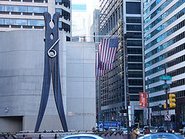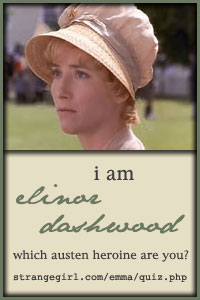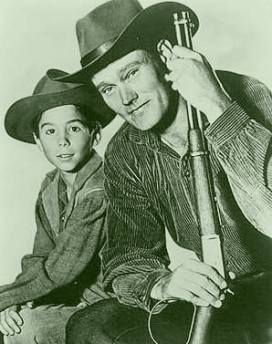Jabberwocky Basics:
PORTMANTEAU: Lewis Carroll's famous story Jabberwocky is told in the form of a poem. This seemingly nonsensical tale contains a plethora of original and oddly archaic words. Some of the words coined by Carroll fall into the category of "portmanteau" words.
BILDUNGSROMAN: Jabberwocky is a "coming of age" story In it, a young son sets off into the forest to hunt the fearsome "Jabberwock," a ravening dragon. He succeeds in overcoming his fear and slays the beast, and he brings its head back to show his father, who commends him on his prowess, expresses his love, and gives him a big hug.
QUATRAIN: Carroll’s poem is written in the form of a ballad with metre traditionally used for poems telling an "overcoming the monster" story. This type of ballad uses the four-line stanza, or quatrain form. Note also that there is a repeating of the opening stanza in the closing stanza. <----classic clincher="" iew="" nbsp="" span="" topic="">
¹ A Bildungsroman or coming-of-age story is a literary genre that focuses on the psychological and moral growth of the protagonist from youth to adulthood (coming of age), in which character change is extremely important.
² A portmanteau word is a linguistic blend of words, in which parts of multiple words, or their phones (sounds), and their meanings are combined into a new word.
Lewis Carroll created a new kind of children’s literature that was sheer fun in the most
serious sense; its combination of fantasy, humor, and wordplay stimulated the mind and the imagination. Jabberwocky is but a small, albeit powerful, example of this. In rejecting the rational, moralistic approach of the children’s literature of the eighteenth and nineteenth centuries, Carroll turned the trend toward lesson-free imaginative literature in the twentieth.
In the 20th and 21st centuries Carroll’s books have become the territory of adults. Adults from a considerable range of intellectual disciplines have found Carroll's writing to be filled with intrigue and depth. Physicists, psychologists, philosophers, linguists, and computer scientists, as well as mathematicians and literary critics, have written about or in response to his work.
 In the twentieth century, his view of the world as a fascinating if unsolvable puzzle continued to grow on readers, presenting a difficulty in classifying his literary influence.
In the twentieth century, his view of the world as a fascinating if unsolvable puzzle continued to grow on readers, presenting a difficulty in classifying his literary influence.
Theoretically, “nonsense” is humor finds its equivalent in Symbolist poetry or abstract painting. Function and/or content take a back seat to the definite play of verbal surfaces and textures.
As nonsense’s purest and best practitioner, Carroll is a forerunner of Surrealism, Dadaism, and similar schools. Certainly, Carroll has made connections, directly or indirectly, with the most important of the modernists and postmodernists.
T. S. Eliot, James Joyce, Franz Kafka, Wallace Stevens, Jorge Luis Borges, and Vladimir Nabokov all owe something to the nonsense perspective: alinear structure, the play of intellectual wit, the view of literature as a game of language, and the concept of autonomous art.
sources:
https://www.enotes.com/topics/lewis-carroll/in-depth
https://interestingliterature.com/2016/01/22/a-short-analysis-of-jabberwocky-by-lewis-carroll/









No comments:
Post a Comment